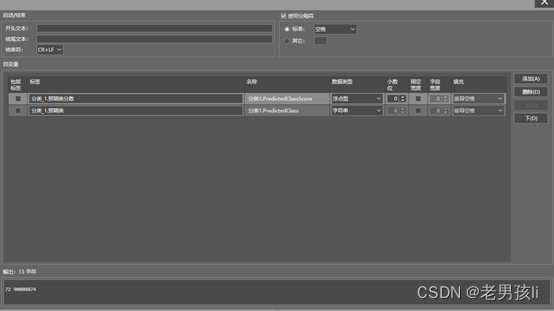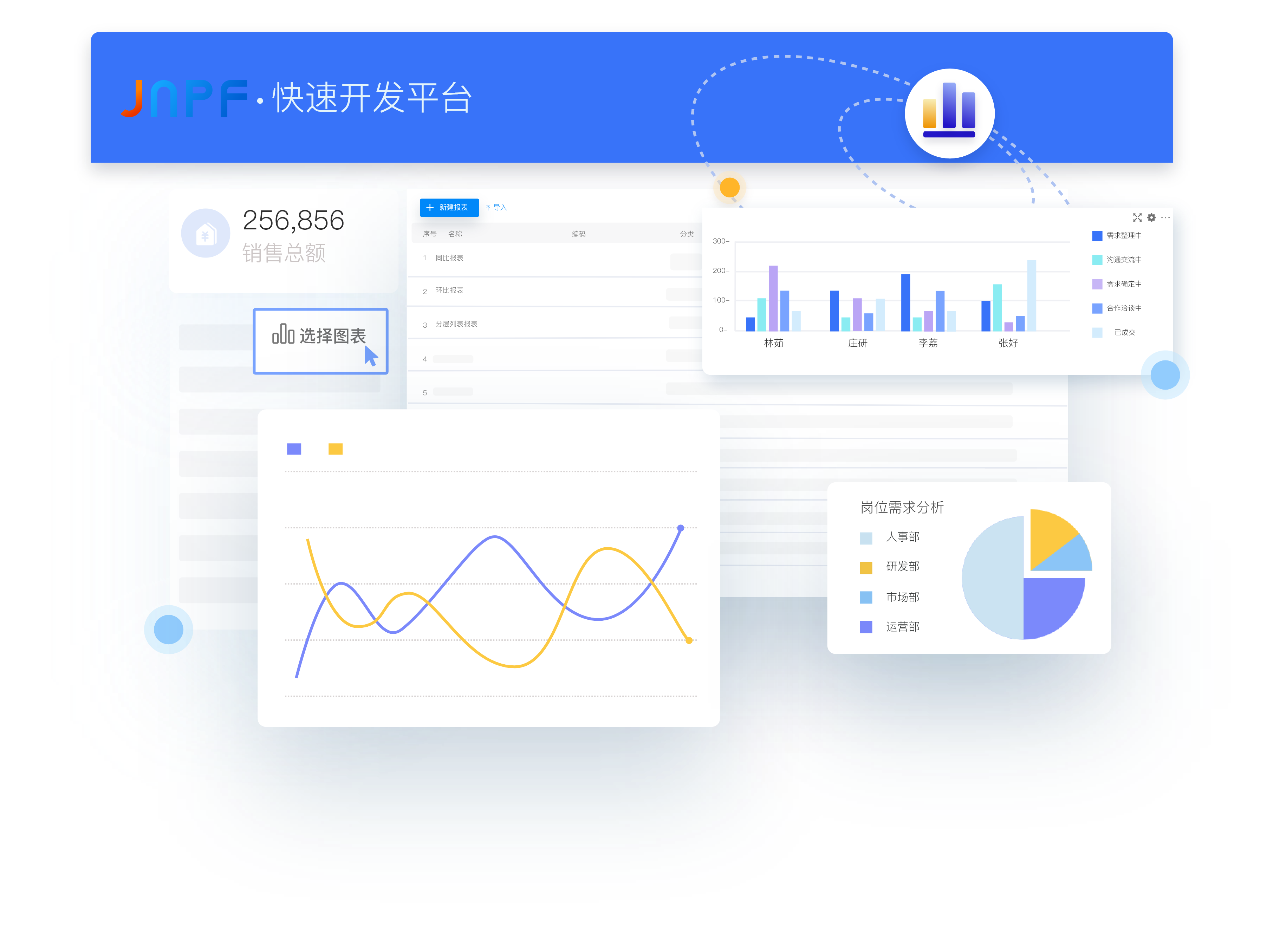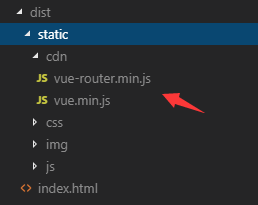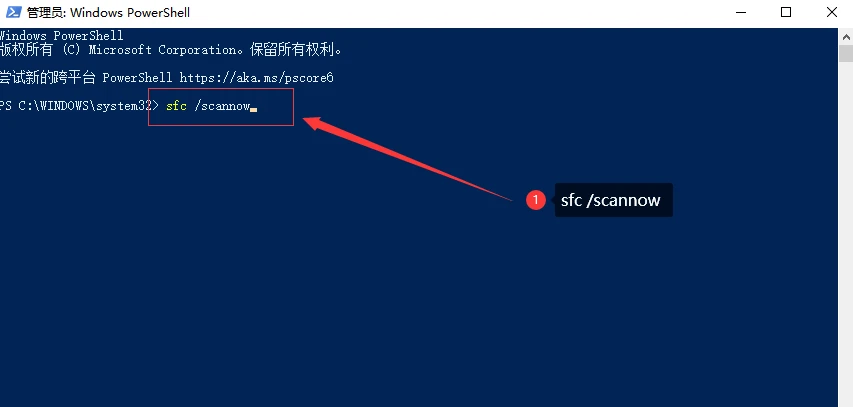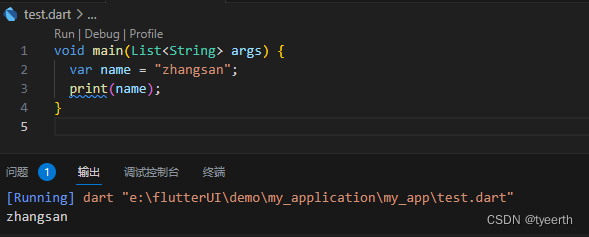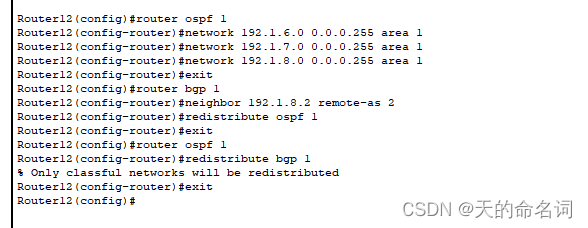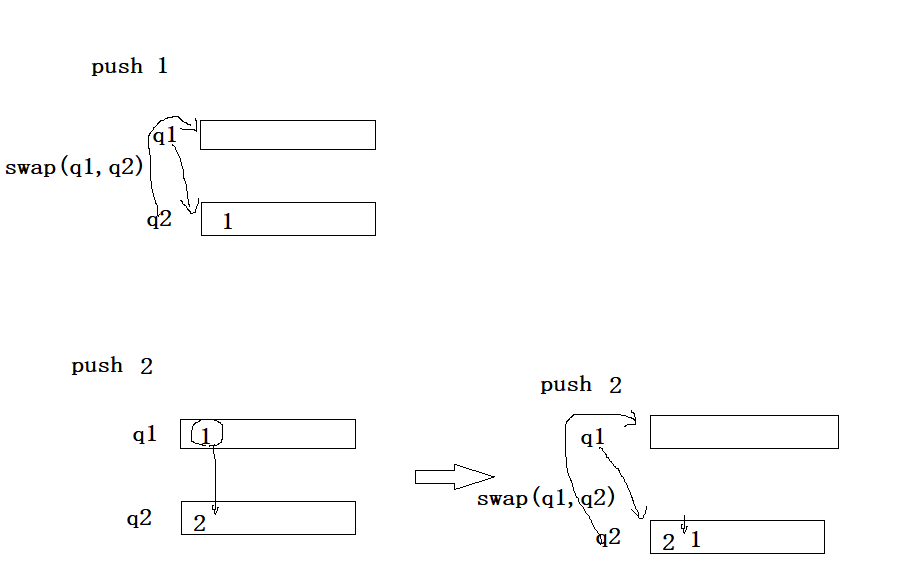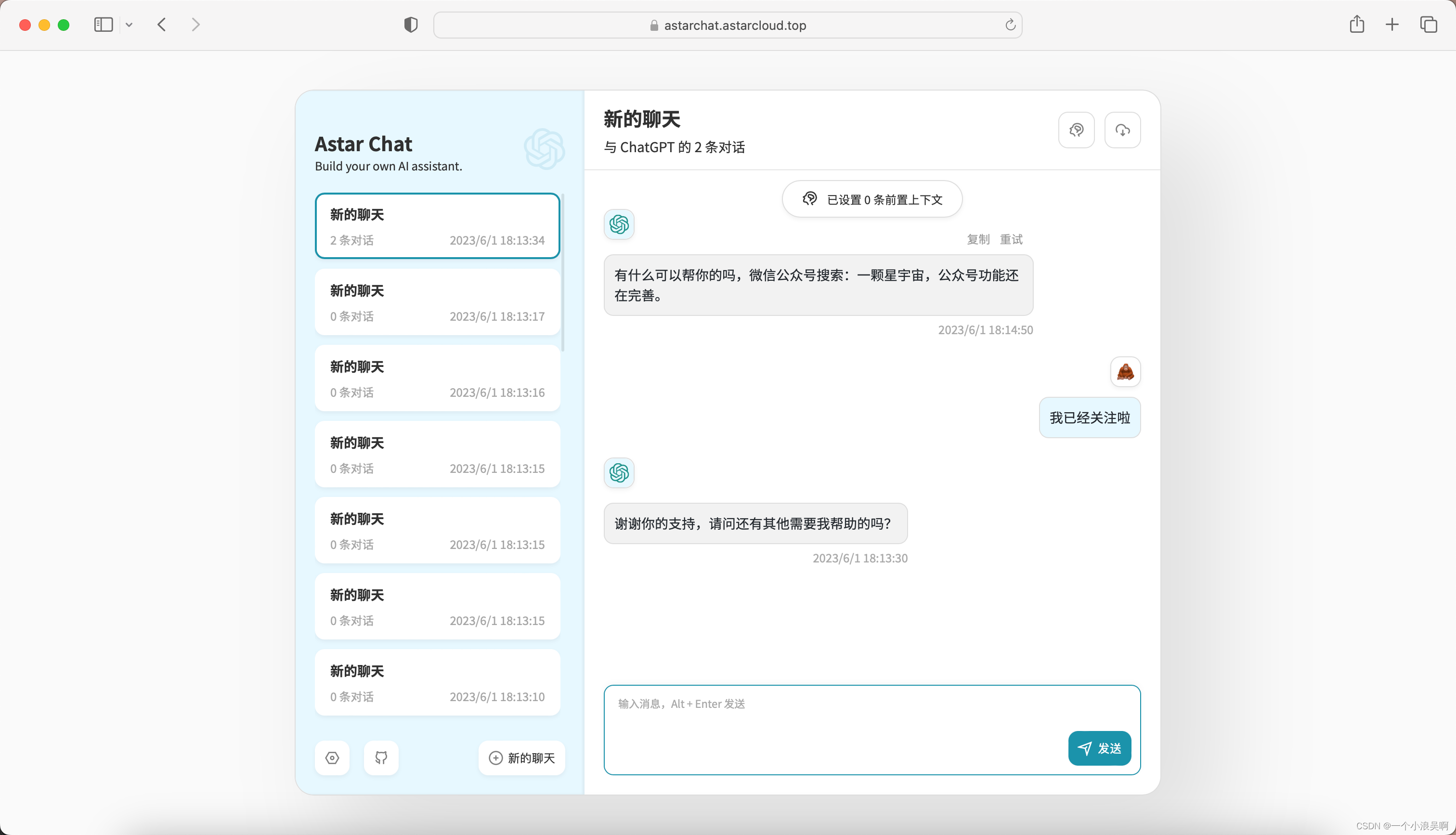〇、gin 路由
Gin是一个用于构建Web应用程序的Go语言框架,它具有简单、快速、灵活的特点。在Gin中,可以使用路由来定义URL和处理程序之间的映射关系。
r := gin.Default()
// 访问 /index 这个路由
// 获取信息
r.GET("/index", func(c *gin.Context) {
c.JSON(http.StatusOK, gin.H{
"method": "GET",
})
})
// 提交
r.POST("/index", func(c *gin.Context) {
c.JSON(http.StatusOK, gin.H{
"method": "POST",
})
})
// 更新数据
r.PUT("/index", func(c *gin.Context) {
c.JSON(http.StatusOK, gin.H{
"method": "PUT",
})
})
// 删除数据
r.DELETE("/index", func(c *gin.Context) {
c.JSON(http.StatusOK, gin.H{
"method": "DELETE",
})
})
还有一个可以匹配所有请求方法的Any方法如下:
// 请求方法大杂烩
r.Any("/user", func(c *gin.Context) {
switch c.Request.Method {
case "GET":
c.JSON(http.StatusOK, gin.H{
"method": "GET",
})
case "PUT":
c.JSON(http.StatusOK, gin.H{
"method": "PUT",
})
}
c.JSON(http.StatusOK, gin.H{
"method": "Any",
})
})
如果没有配到路由怎么办?我们有时候输入了一个错误的地址,这时候服务器应该报 404 错误并且返回一个特定的页面:

在 gin 框架下,我们可以利用r.NoRoute()这样写:
r.NoRoute(func(c *gin.Context) {
c.JSON(http.StatusNotFound, gin.H{
"msg": "你似乎来到了陌生的地带~",
})
})
运行结果为:

一、路由组
如果我们想实现很多的这样的路由:
- http://127.0.0.1:9001/user/a
- http://127.0.0.1:9001/user/b
- http://127.0.0.1:9001/user/c
- http://127.0.0.1:9001/user/d
如果一条一条写,将会很繁琐,于是路由组的概念就被提出来了。路由组是递归定义的,也就是说,路由组的成员也可以是一个路由组:
- http://127.0.0.1:9001/user/a/1
- http://127.0.0.1:9001/user/a/2
- http://127.0.0.1:9001/user/a/3
- http://127.0.0.1:9001/user/a/4
videoGroup := r.Group("/video")
{
videoGroup.GET("/index", func(c *gin.Context) {
c.JSON(http.StatusOK, gin.H{
"msg": "/video/index",
})
})
videoGroup.GET("/xxx", func(c *gin.Context) {
c.JSON(http.StatusOK, gin.H{
"msg": "video/xxx",
})
})
videoGroup.GET("/ooo", func(c *gin.Context) {
c.JSON(http.StatusOK, gin.H{
"msg": "video/ooo",
})
})
}
运行结果如下:

二、中间件
Gin框架允许开发者在处理请求的过程中,加入用户自己的钩子(Hook)函数。这个钩子函数就叫中间件,中间件适合处理一些公共的业务逻辑,比如登录认证、权限校验、数据分页、记录日志、耗时统计等。
比如以下就是一个很简单的中间件的示例:
func indexHandler(c *gin.Context) {
c.JSON(http.StatusOK, gin.H{
"index": "Ok",
})
}
配合 main 函数使用:
func main() {
r := gin.Default()
r.GET("/index", indexHandler,func(c *gin.Context) {
c.JSON(http.StatusOK, gin.H{
"shop": "welcome!",
})
})
r.Run(":9001")
}
GET请求的时候,程序会自动执行 indexHandler()这个函数,然后才会继续执行后面的匿名函数。因此indexHandler()就叫做中间件。
再来看看更为一般的中间件:
// 定义一个新的中间件
func m1(c *gin.Context) {
c.JSON(http.StatusOK, gin.H{
"m1": "before!",
})
start := time.Now()
c.Next() // 停止调用后续的函数
cost := time.Since(start)
fmt.Printf("花费时间:%v\n", cost)
c.JSON(http.StatusOK, gin.H{
"m1": "after!",
})
}
这个中间件有具有更完整的功能了。首先,它会打印"m1": "before!",之后它会获取一个时间戳,然后会调用后面的handler,也就是匿名函数,这个指示由c.Next()发出,这个函数运行完成后会打印真个过程消耗的时间。之后这个中间件继续会打印"m1": "after!"。
运行结果如下:

全文完,感谢阅读。
